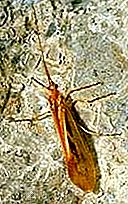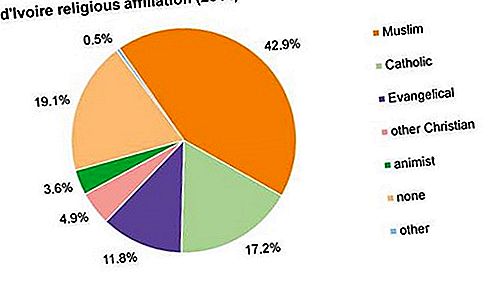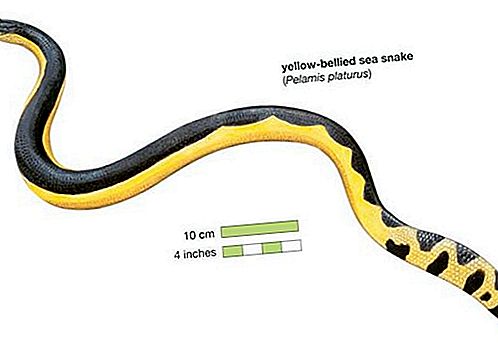RSS, in full really simple syndication, formerly called RDF site summary or rich site summary,format used to provide subscribers with new content from frequently updated Web sites.
An RSS feed is a set of instructions residing on the computer server of a Web site, which is given upon request to a subscriber’s RSS reader, or aggregator. The feed tells the reader when new material—such as a news article, a blog posting, or an audio or a video clip—has been published on the Web site. The aggregator monitors any number of sites’ feeds and centrally organizes and displays the new material for the user. The user then has a single source where all of the latest content is automatically available.
Although full-featured software packages are available for RSS reading, many Web browsers include simple aggregators. Personal Web portals, such as iGoogle and MyYahoo!, also read RSS feeds, offering the additional benefit of portability, since they can be accessed from any computer. Of similar utility are dedicated aggregator Web sites. Because RSS is a fairly simple standard, with feeds written in the Web-authoring language XML, even a small-scale site can easily incorporate it as a feature.
RSS was originally introduced in 1999 by the American Internet-services company Netscape Communications Corp., for use with its MyNetscape portal. After Netscape abandoned the standard, software maker UserLand picked up development. With the 2002 release of the RSS 2.0.1 specifications, UserLand froze the standard and assigned the copyright to Harvard University’s Berkman Center for Internet & Society. Desire in the Web community for further development led to the creation of an alternative syndication standard known as Atom. Many Web sites offer subscriptions in both formats.














